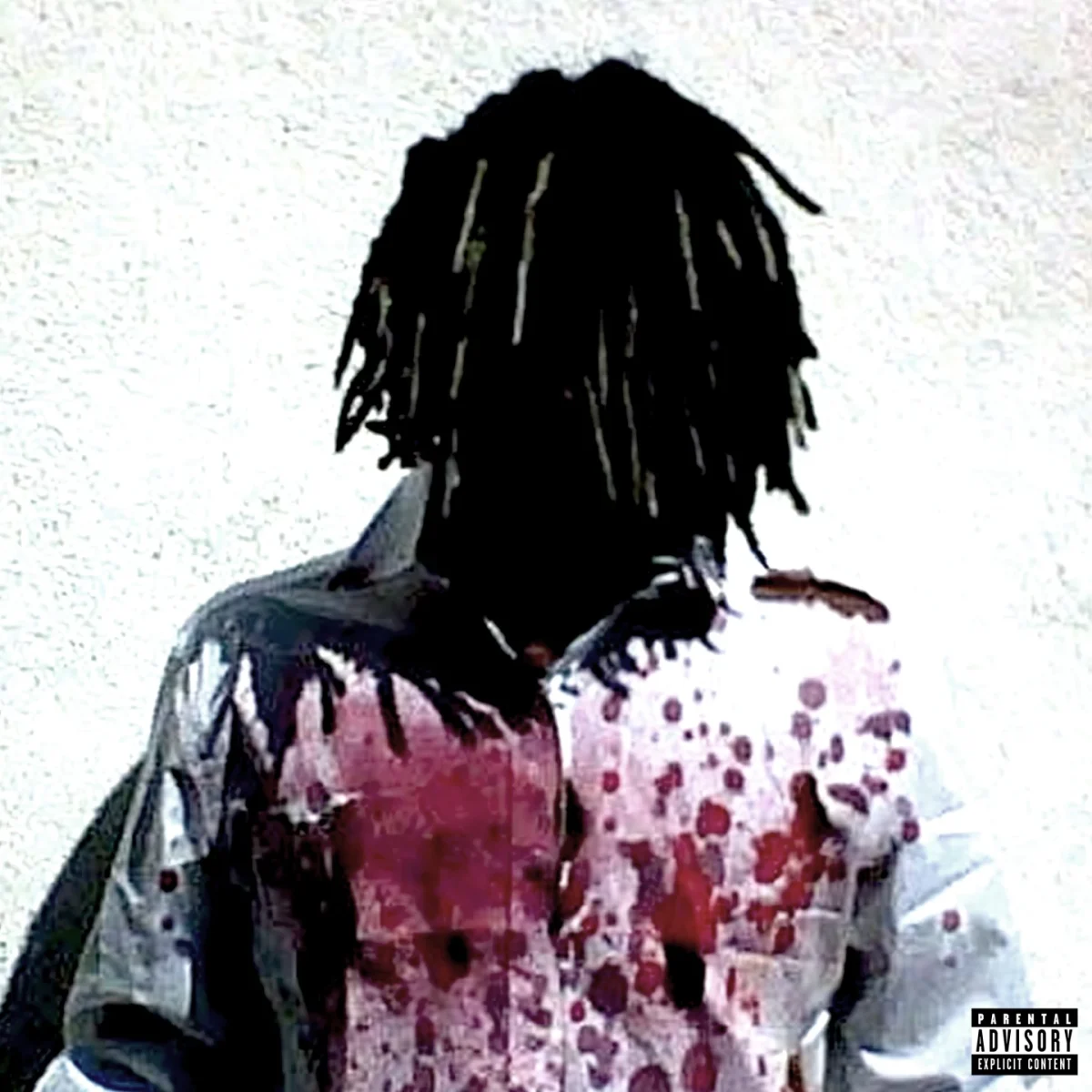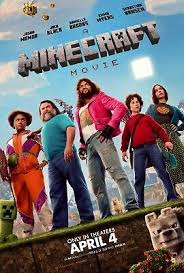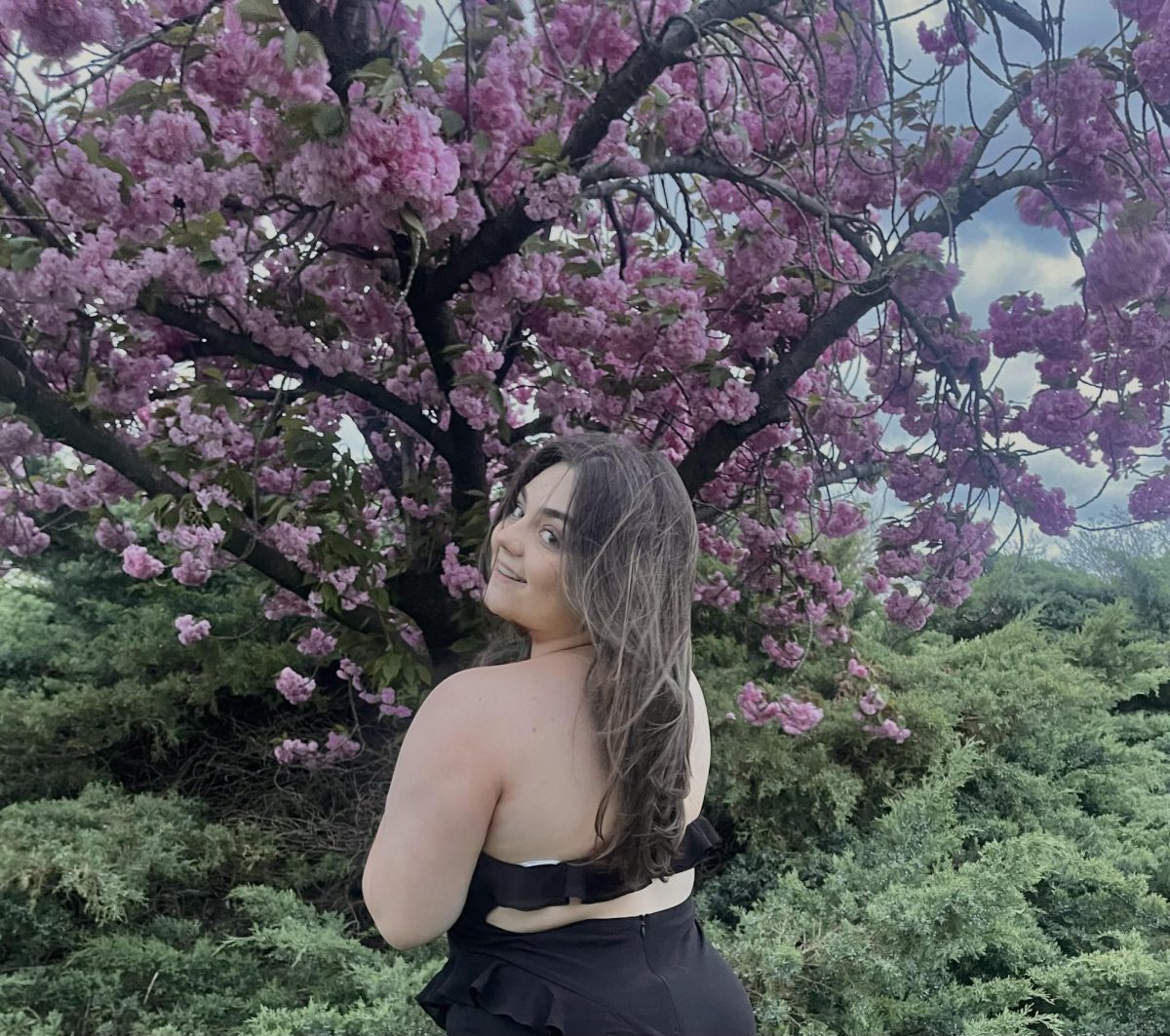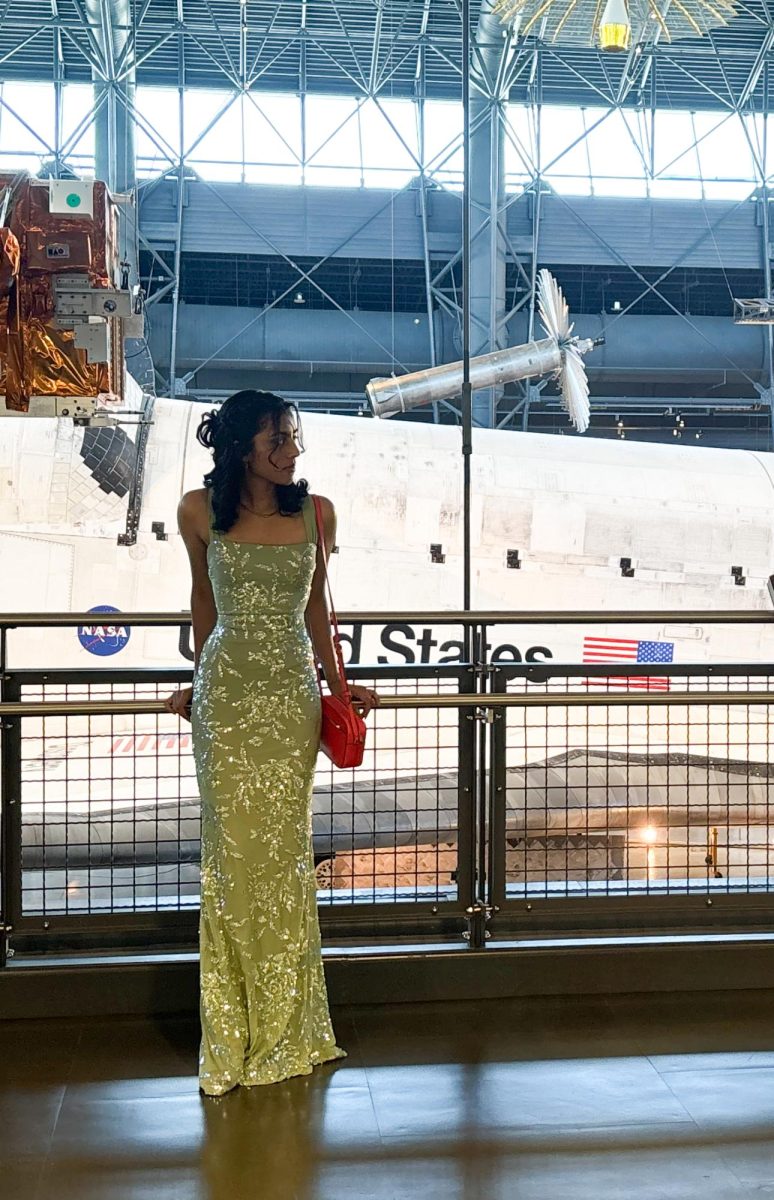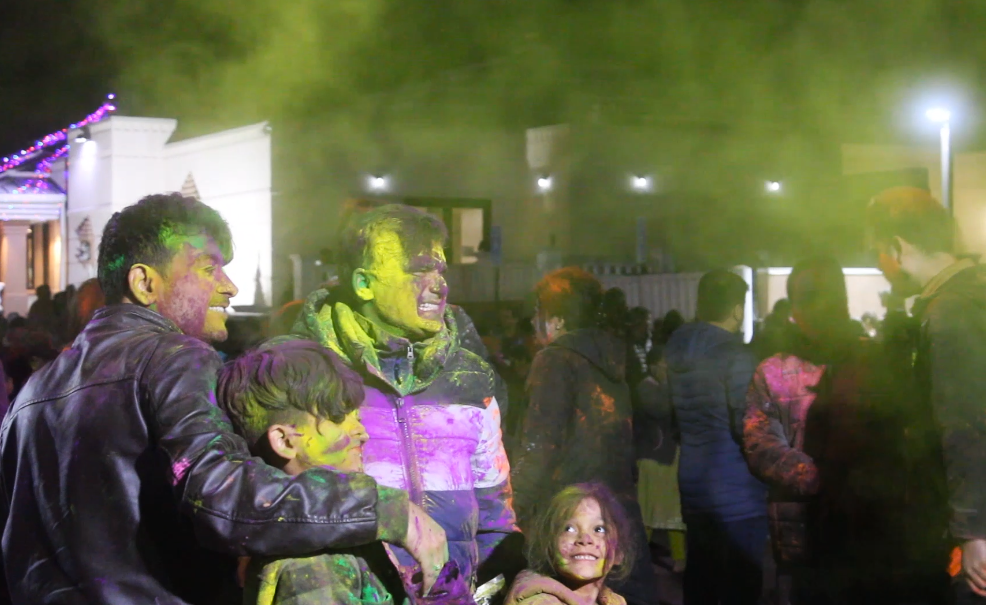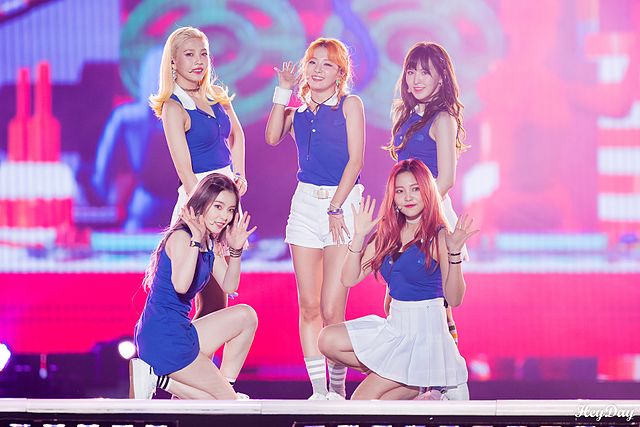Hallyu: The Korean Wave that became a Worldwide Phenomenon
Hallyu has taken over the world with a variety of trends — from cloudless skin to the choreography of “Gangnam Style.”
Red Velvet, a third-generation Kpop group, is known for their vivid and bold concepts. With their song “Bad Boy,” they quickly hit the charts and rose on the Canadian Billboard Hot Top 100.
June 8, 2022
From the most-watched show on Netflix, “Squid Game,” to the biggest boy band in the world, BTS, it seems as if the Korean entertainment industry is booming. The movement is called “Hallyu,” which means “Korean Wave.” It refers to South Korea’s cultural popularity around the world, influencing everything from music, to dramas, to beauty, to fashion.
The term Hallyu first appeared in 1997, when South Korea was experiencing a financial crisis as a result of the country’s decision to stop importing from Japan. This caused a void on goods and services on South Korea’s end. South Korea’s Ministry of Culture started to strengthen local culture within Korea to help with their economy.
Since then, South Korean culture has made its way into the global culture conversation. Popular industries such as K-drama, K-pop, and fashion and beauty industries are leaving an impact on future generations.
K-Drama
K-Dramas are some of the most-watched shows across the world. In 2021, the industry made over 1.02 trillion KRW (approx. 847 mil USD). As one of the major sources linked to Korea’s Entertainment side of the economy, the industry will have to live up to its high expectations.
Most K-dramas have a moral. They teach how to respect, accept, value, and choose people for who they are. For example, the show “Twenty Five Twenty One” follows a young athlete (Na Hee-do) who aspires to be a famous fencer and beat her idol (Ko Yu-rim) in a fencing match. The show teaches the audience about how individuals should know their self worth. In the show, Ko Yu-rim encounters a restaurant owner who refuses to serve her food and deems her a traitor for representing the Russian fencing team. However, she shows the owner that the way the restaurant owner sells his food for money is similar to the way she is selling her abilities for money.
The shows aren’t the only things that capture audiences: the original soundtracks (OST) do as well. Several singers and composers from different backgrounds come together to produce some of the most replayed songs in the industry for K-Dramas. “I don’t listen to OST’s as much,” junior Lisha Chundu said. “But I like how they give upcoming artists a chance to showcase their talents and allow well-known artists to try a new genre.”
K-Pop
In the opening of the 2018 Winter Olympics, held in Korea, athletes walked into the stadium accompanied by K-pop groups showcasing how Korea wants to be portrayed: a country that is dedicated to global culture. The K-pop industry makes over 6.8 trillion KW (5.8 billion USD), which is a reflection of the vast ideas and groups the industry has to offer.
There are a total of four generations of K-Pop, with each generation broken into halves.
First Generation (1996 – 2005): SM Entertainment released a boy group called H.O.T. with their concept taken inspiration from American and Japanese idols. Following SM’s shadow, YG entertainment and DSP media began forming and releasing K-pop groups.
Generation 1.5: During this time period, all the groups that debuted were “experimental,” but most groups/soloists were successful and were able to create a name for themselves such as Shinhwa, BoA, Chakra, and more.
Second Generation (2006 – 2012): Idols in the industry were portrayed as a “Business Model.” Groups such as TVXQ , BIG BANG, Girl’s Generation, and Super Junior showcased the popularity they received in a short amount of time.
Generation 2.5: When the industry released groups during this time frame, YouTube was becoming popular. This allowed groups to gain more views on music videos such as “I am the best” by 2NE1 and “Ring Ding Dong” by SHINee.
Third Generation (2013 – 2019): After PSY’s international success of “Gangnam Style,” third-generation groups were able to make their international fame and gain attention from social media platforms such as Instagram, Twitter, etc.
Generation 3.5: This generation was focused mainly on artists listening and meeting their fans’ needs. Groups such as NCT, Monsta X, SEVENTEEN, and Cosmic Girls were formed and released music during the rising action of K-Pop.
Fourth Generation (2019 – present): Whereas the previous generations had restrictions on what to produce, these groups removed those limits and started to promote music that not only the fans would enjoy dancing to, but also the artists performing it. It’s been only four years since the start of the Fourth Generation, and groups such as Ateez, TXT, Enhypen, and Itzy have produced unique music that attracts several fans with different music tastes.
Most groups in the K-pop industry have a theme or idea they follow to attract more fans and gain more support. “The reason why I love different types of groups is that each group is different on their own,” junior Meghna Sudheer said. “K-pop girl groups are a big part of my identity, and without their inspirational words through their songs, I wouldn’t be able to stay optimistic.”
The biggest difference between the recent generation and the older generation of K-pop groups is the strictness and morals they have to follow in terms of music. In the older generations, stereotypical girl groups had to follow more cute and girly concepts while boy groups had to follow more masculine and bold concepts. However, as each generation passes by, newer groups start to come out of the stereotypical shell and break the gender standards, such as boy groups wearing crop tops and doing more feminine dances.
With these types of ideas and concepts, it is no doubt that the industry falls under Top 10 most popular music genres across the globe.
Beauty and Fashion
From glass skin to matching sets, there’s no doubt that Korea is known for its beauty and fashion. Over $10 Billion USD is made in the beauty industry. With a surplus of people wanting to achieve a flawless and ageless look, it’s reasonable that the field makes that much. However, the industry has been quite controversial in the past years due to Korea’s standards of how men and women should look. Women should appear with pale skin, a small face, slimed figure, straight eyebrows, and large eyes, while men should have clear, pale skin. “People’s cultural norms influence how they view body types, and the common toxic belief in perfect bodies prevents people from accepting flaws for what they are,” junior Greeshma Yadlapalli said.
The fashion industry has been known for its strong trends and thriving market. Seoul, the capital of South Korea, has a strong street style fashion. The forward fashion style the country has to offer makes their market irresistible. Several celebrities and singers become brand ambassadors for western brands, which makes it easier for citizens to be influenced. “I believe the new wave of Asian culture is influencing its fashion and beauty to a new group of people in the west,” junior Neha Rudrashakla said. “Now, many ads sponsor outfits worn by Asian celebrities all around the world.”
With these trends, the question still stands: how far has this influential wave influenced the way other societies think? Asian fishing has become popular due to the rise of the wave. Asian fishing is a term to describe people who try to pass as East Asian by photoshopping their facial features. For a long period of time, Asian women have been faced with misogyny and racism. Asian fishers adopt the characteristics that are idealized in actual East Asians, but they’re never held accountable. Some fishers go on social media platforms and earn money by behaving as if they have Asian features.
Hallyu has a large impact on the world today by creating one of the largest trends across the world. Many netizens criticize Korea’s hard work due to their ideology of showing their country as the “head of global culture” rather than focusing on improving their trade partners, or economic stability. Even with this harsh commentary from global citizens, Korea is still growing a genre that is sensational, creating top chart dramas, and making some of the trendiest clothes and beauty products.




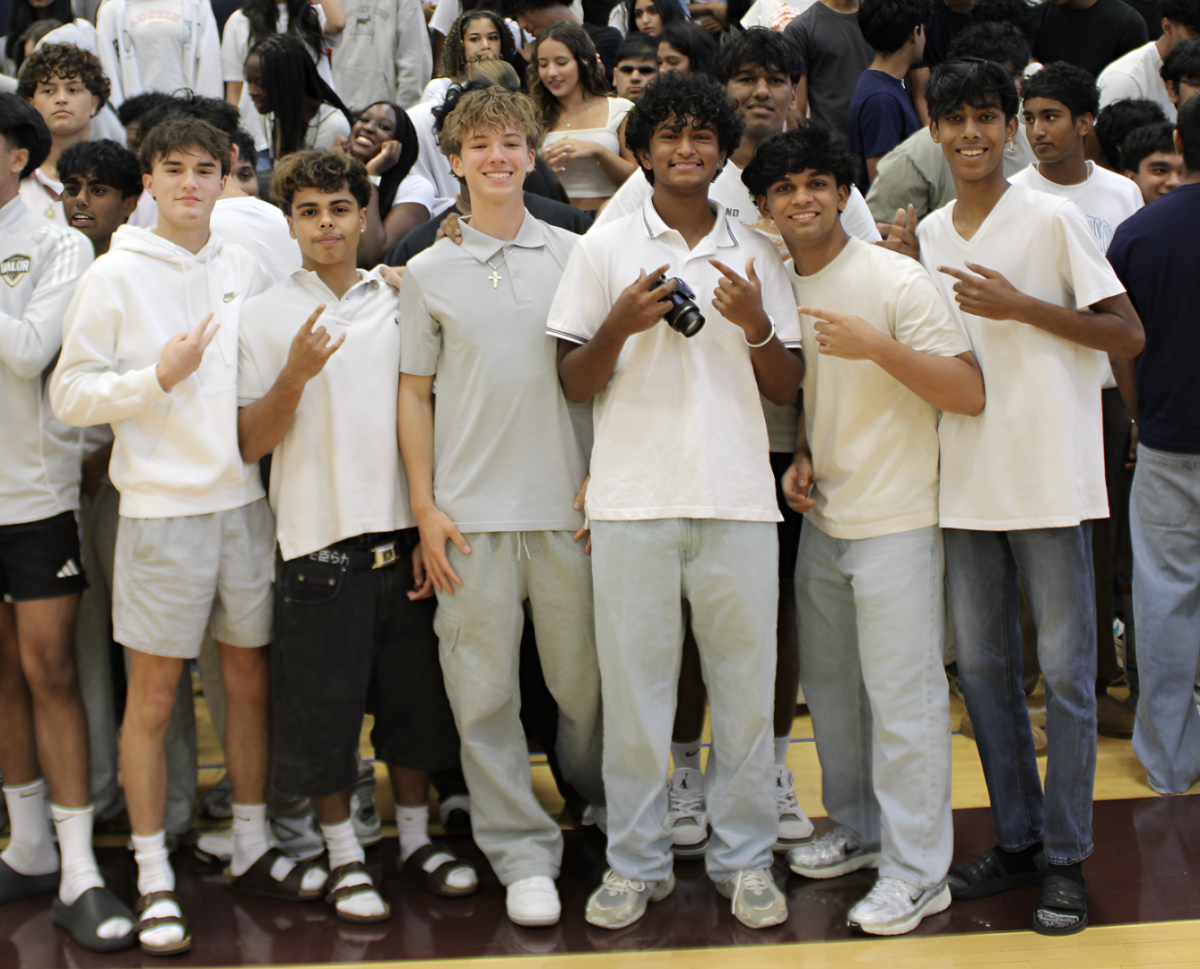
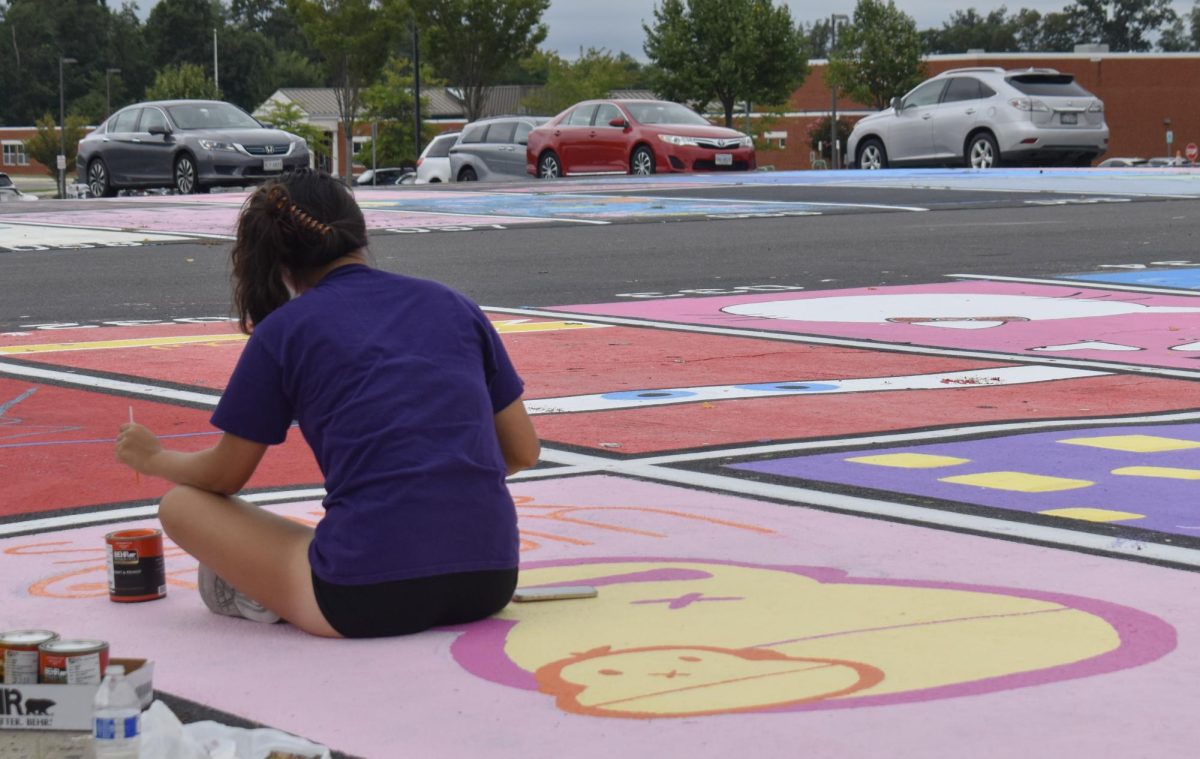
















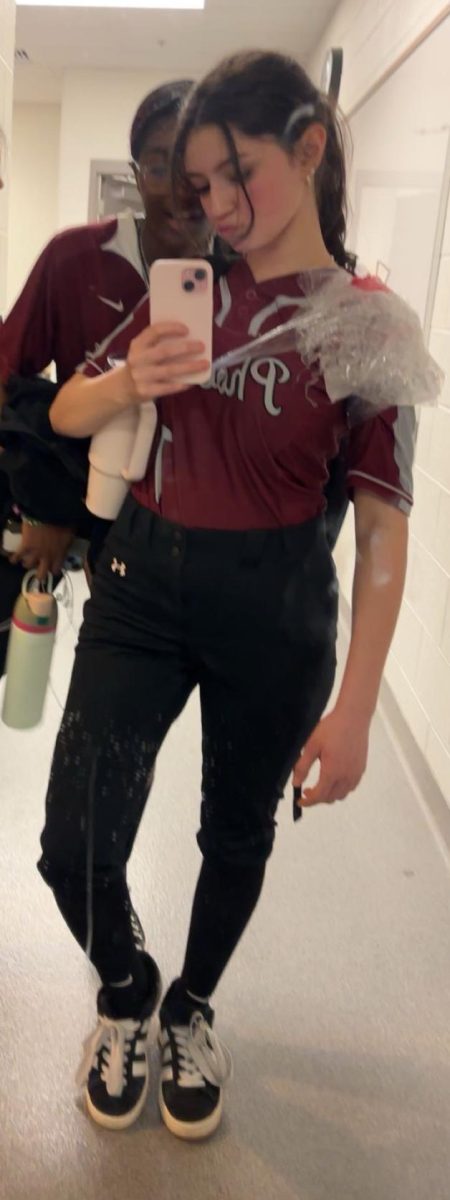



![The Phoenix varsity volleyball team lines up for the national anthem. “We were more communicative [with each other] during this game, and I feel like we kept our energy up, especially after the first set,” senior Jessica Valdov said.](https://theblazerrhs.com/wp-content/uploads/2024/10/DSC_0202-1200x800.jpg)




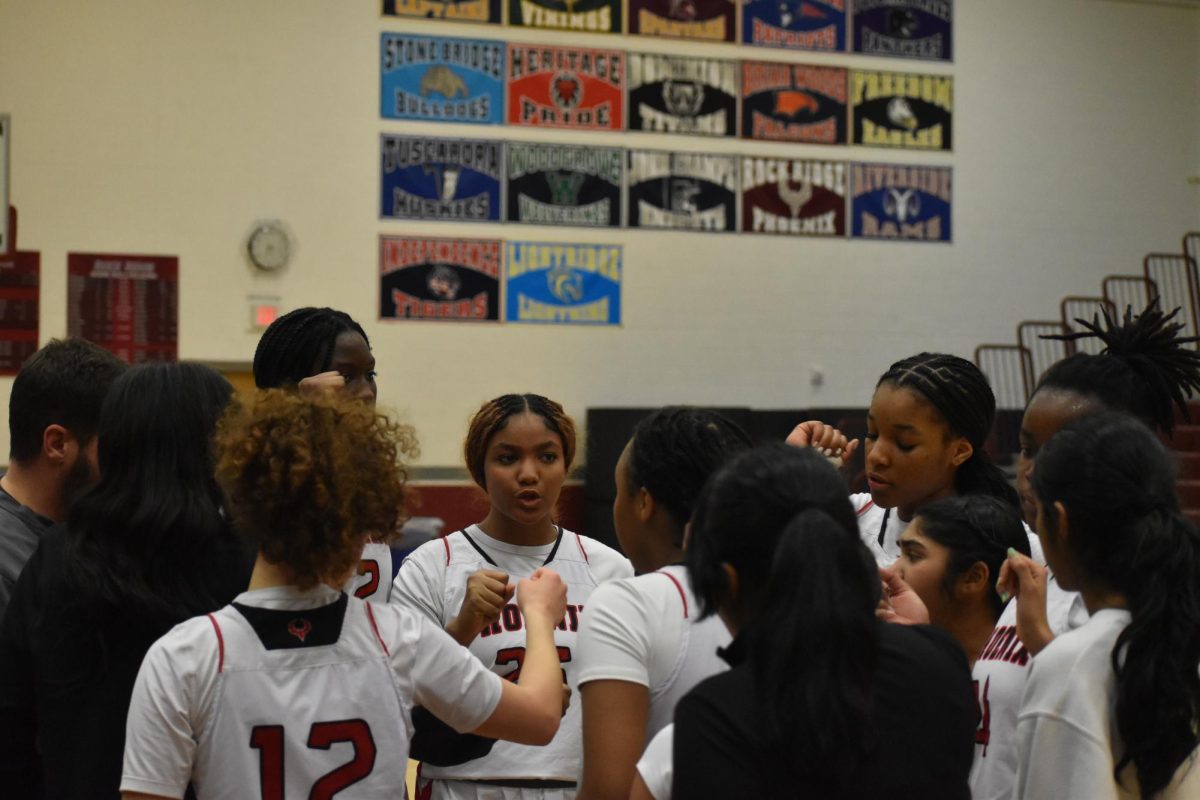




![Junior Alex Alkhal pitches the ball. “[I] just let it go and keep practicing so we can focus on our goal for the next game to get better as a team,” Alkhal said.](https://theblazerrhs.com/wp-content/uploads/2025/05/DSC_0013-1-1200x929.jpg)


